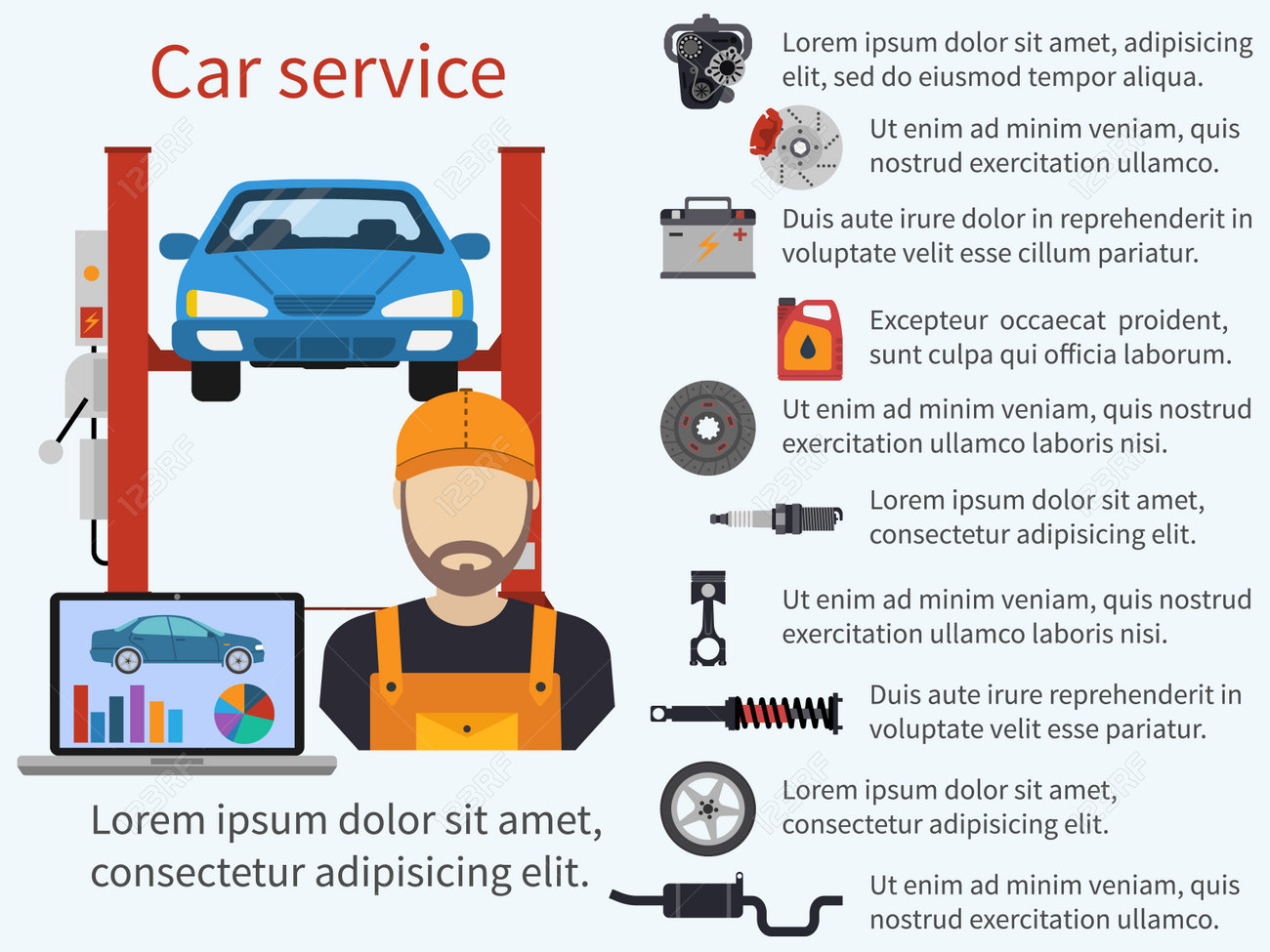Translating Your Car'S Alert Lights: Their Real Ramifications
Translating Your Car'S Alert Lights: Their Real Ramifications
Blog Article
Post Author-Termansen Corbett
When you're behind the wheel, those beautiful warning lights on your dashboard can be a bit bewildering. Do you recognize what they're trying to inform you concerning your cars and truck's health? Recognizing https://brake-pads95172.blog2news.com/32701688/just-how-to-select-the-right-car-outlining-solution-for-your-requirements of these lights is crucial for your safety and security and the durability of your car. So, the following time among those lights pops up, wouldn't you wish to understand its message accurately and take the necessary actions to address it?
Common Warning Lights and Interpretations
Identify common warning lights in your cars and truck and understand their significances to ensure secure driving.
One of the most common caution lights consist of the check engine light, which signals problems with the engine or exhausts system. If this light begins, it's crucial to have your vehicle examined without delay.
The oil stress cautioning light shows low oil stress, calling for immediate focus to stop engine damage.
A flashing battery light could recommend a malfunctioning charging system, possibly leaving you stranded otherwise attended to.
The tire stress tracking system (TPMS) light notifies you to reduced tire pressure, influencing vehicle security and gas efficiency. Ignoring this can cause hazardous driving problems.
The ABS light suggests a trouble with the anti-lock braking system, endangering your capacity to stop promptly in emergencies.
Last but not least, the coolant temperature level alerting light warns of engine getting too hot, which can result in severe damage if not dealt with quickly.
Recognizing these typical warning lights will assist you attend to problems promptly and maintain safe driving problems.
Significance of Prompt Focus
Recognizing the usual caution lights in your vehicle is just the initial step; the significance of immediately addressing these cautions can't be emphasized sufficient to ensure your security on the road.
When a warning light illuminates on your control panel, it's your car's way of connecting a potential concern that needs focus. Overlooking these cautions can lead to more severe issues down the road, jeopardizing your safety and security and possibly costing you more in repairs.
Trigger interest to cautioning lights can stop breakdowns and mishaps. As https://transmissionoilchange40617.blog-ezine.com/32211427/just-how-mobile-automobile-detailing-services-can-conserve-you-money-and-time , a blinking check engine light can indicate a misfire that, if left unattended, can create damage to the catalytic converter. Addressing this immediately can save you from an expensive fixing.
Likewise, a brake system warning light might signal low brake liquid or used brake pads, crucial elements for your safety and security when driving.
Do It Yourself Troubleshooting Tips
If you notice a warning light on your dashboard, there are a few DIY troubleshooting tips you can attempt before looking for professional assistance.
The very first step is to consult your automobile's guidebook to understand what the particular caution light indicates. Occasionally the issue can be as basic as a loose gas cap setting off the check engine light. Tightening up interiorcarcleaning may resolve the trouble.
An additional common concern is a reduced battery, which can trigger various cautioning lights. Checking the battery connections for deterioration and ensuring they're protected might take care of the problem.
If a caution light persists, you can attempt resetting it by detaching the vehicle's battery for a couple of mins and afterwards reconnecting it. Furthermore, inspecting your vehicle's fluid degrees, such as oil, coolant, and brake fluid, can help repair cautioning lights related to these systems.
Final thought
In conclusion, comprehending your automobile's warning lights is necessary for keeping your car running efficiently and securely. By quickly dealing with these signals and recognizing what they indicate, you can avoid costly repair work and potential failures.
Keep in mind to consult your cars and truck's manual for particular information on each warning light and take action appropriately to ensure a hassle-free driving experience.
Stay notified, stay safe when driving!
